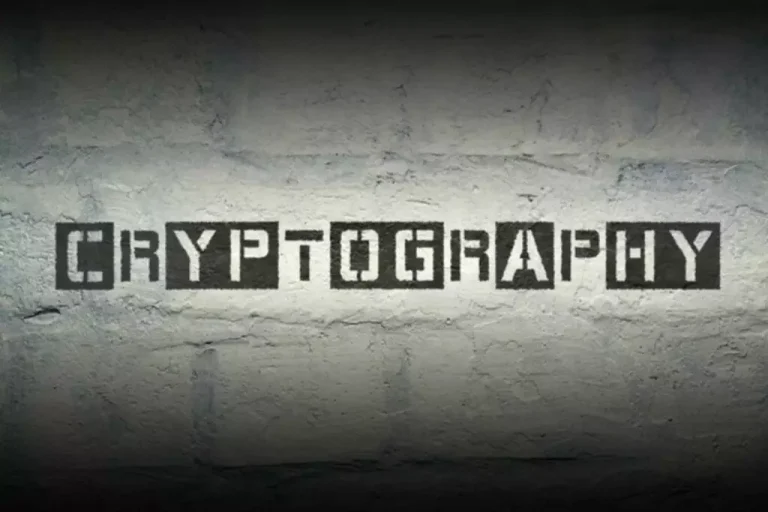So, earlier than delving into the types of blockchain, let’s understand the fundamental conceptualisation of blockchain networks. It is a decentralized, open-source protocol with sensible contract functionality. But, Ethereum could be developed right into a permissioned blockchain for use in environments that require it. Lack of anonymity is another function of permissioned blockchains, as non-public entities usually request the nodes to ascertain their identity. However, it is governed by a bunch of organizations instead of a single entity to offer public vs private blockchain more decentralization and safety.
Advantages Of Permissioned Blockchain
The use of this web site and the content contained therein is governed by the Terms of Use. When you use this web site you acknowledge that you have Cryptocurrency exchange learn the Terms of Use and that you accept and shall be bound by the terms hereof and such phrases as could additionally be modified once in a while. You can learn extra about Crypto, Blockchain and Web three.0 on ZebPay Blogs. Private Blockchains are Blockchains which would possibly be operated by an proprietor of an organization.
What Is Blockchain Know-how: Know Its Use Circumstances And Importance
- There is not any valid record or transaction that can be utilized to change the network and assist confirm the transactions which have bugs or suggest changes as a end result of the source code is usually open supply.
- Preferably contemplating similarities higher to carry out the benefits.
- Industries are getting comfortable with the idea of agreeing with a publicly distributed ledger of their day by day business, due to the security it guarantees.
- These networks are open to everyone and permit unrestricted participation.
- Permissioned blockchains want particular permissions to learn, access, and write data.
The access mechanism could range; the prevailing members may determine future entrants, a regulatory authority may problem licenses for participation, or an association might make future selections. Hybrid blockchains face governance challenges similar to these of public blockchains. Disagreements regarding protocol upgrades or adjustments can result in fragmentation or conflicts inside the hybrid blockchain community.

Advantages And Drawbacks Of The Forms Of Blockchain
It signifies they will process transactions extra shortly and efficiently. Larger enterprises are drawn to personal blockchains for their ability to integrate with existing IT methods while maintaining full management over delicate knowledge. Well, choosing between a public and private blockchain is dependent upon understanding your particular business requirements, similar to efficiency, security, compliance, value, and scalability.

This tamper-proof system presents increased transparency and security for recording any digital asset, be it monetary transactions, medical knowledge, or even intellectual property. The potential applications of blockchain expertise proceed to evolve, making it a disruptive drive in various industries. Even when a non-public blockchain is managed by a sure group of people, the integrity of the information should nonetheless be ensured. This validation process protects the network’s security and legitimacy in personal blockchain networks by proscribing who can approve transactions and add them to the blockchain.
This high energy use raises a number of questions about its environmental impact. Blockchain technology revolution takes place very vastly for all the business and helps to improve the expansion of productivity, on the similar time the know-how serves better with blockchain apps. Hire our team to serve and develop the most effective security apps for your small business. PoW requires participants to unravel complex mathematical issues to validate transactions, making it an energy-intensive course of. PoS requires participants to hold a stake in the network to validate transactions and makes use of less power. A public blockchain is open to anybody who desires to hitch, and there’s no need for permission.
This type of blockchain is good for organisations that are built on transparency, like social help groups and non-government organisations. All the participants within the community have entry to the distributed ledger with immutable records of transactions. The shared ledger, transactions, and elimination of duplication are available with this know-how. In permissioned protocols, consensus is reached via a deliberate process involving a pre-selected set of validators. Transactions are first broadcast to the network by customers, who then have the pre-selected validators verify them. These transactions are compiled into blocks, and a group of validators agree by a supermajority on the order of transactions to succeed in a consensus concerning the state of the blockchain.
Blockchain expertise has gained plenty of curiosity on account of its use in public blockchain networks like Bitcoin and Ethereum. Since anyone can take part within the security and maintenance of public blockchain, the system might be safer. The nodes in a public blockchain community do not have laws to follow. All the participants/users are empowered to work on the network and take part in the validation of truncations with no central authority overlooking their every act. Public and personal blockchains supply unique benefits tailor-made to completely different use circumstances.
The functions of blockchain know-how range widely, driven by the unique features of public and private blockchains. While public blockchains excel in selling transparency and decentralization, personal blockchains focus on privacy and management. In some instances, hybrid options mix the best of both worlds, unlocking even larger prospects. The permissioned / private blockchains supply advantages like better scalability, quicker transaction and environment friendly consensus because of the lesser number of nodes. Now, in phrases of storing a document on the blockchain there may be two ways, either the complete document itself is stored or only the hash of the doc. Analysis of different areas of blockchain has led to the query of selecting between private and non-private blockchain networks.
Every node has a safe digital identification created via cryptography. This digital identity can be utilized to identify the initiation level of the transaction and its authenticity. With a plethora of practical applications being explored and implemented, blockchain stands to make business operations safe, environment friendly and clear.
Consortium blockchains strike a steadiness between decentralised operation and network management. They are used in industries the place many organizations must collaborate and share info. A public blockchain is a decentralized and clear community open to anyone. It is a distributed ledger that records transactions across a network of computers and is secured via cryptography. On the opposite hand, non-public blockchains supply more management, privateness, and scalability.
Public transactions can be used for high-volume, low-security transactions. Meanwhile, personal transactions can handle delicate or high-security transactions. Public blockchains face governance challenges, as decision-making processes can be slow and contentious. Disagreements among participants can lead to forks and create many versions of the blockchain.
So, non-public blockchains can use much less resource-intensive and more efficient consensus mechanisms, similar to Practical Byzantine Fault Tolerance (PBFT). Private blockchains can also use extra flexible mechanisms that might be customized to the precise requirements of the use case. Despite this, you proceed to require a consensus mechanism in a non-public blockchain to validate transactions.
This is probably considered one of the first types of blockchain know-how often identified as public blockchain. This sample of blockchain has completely removed the problems that come with centralization, similar to security and transparency. Distributed ledger technology does not retailer info in any one place; as a substitute, it is distributed all across the peer-to-peer network. The decentralized nature wants some verification strategies that guarantee the authenticity of the information.
Tools like Polkadot and Cosmos enable data and property to flow throughout chains, thus enabling collaborative ecosystems. For instance, a provide chain utilizing a personal blockchain can connect with a public blockchain to verify product authenticity. Imagine a digital area where anybody can take part, confirm, and construct without requiring permission.
Start your own high-profit forex brokerage in just a few days or scale your existing business with the best-in-class forex software XCritical https://www.xcritical.in/. Get the perfect Turnkey Forex Solutions that will provide your business with efficiency, stability, and maximum profit.
